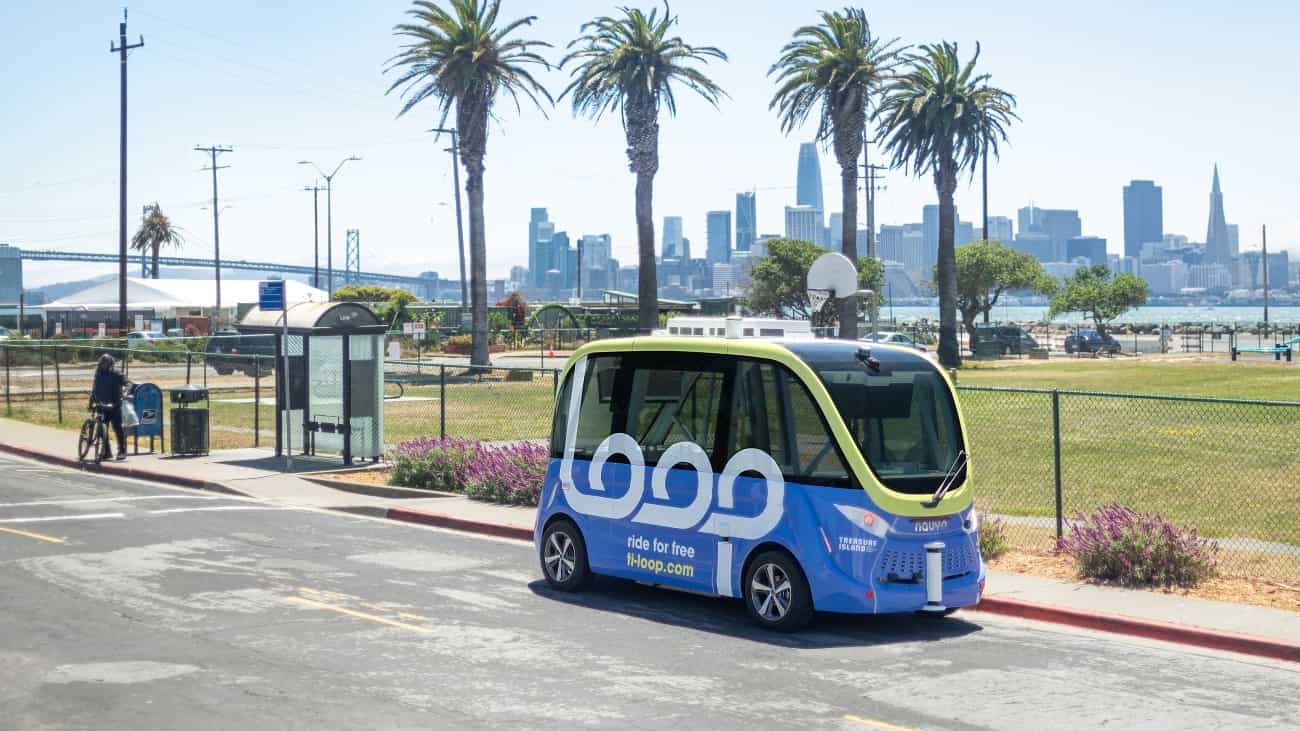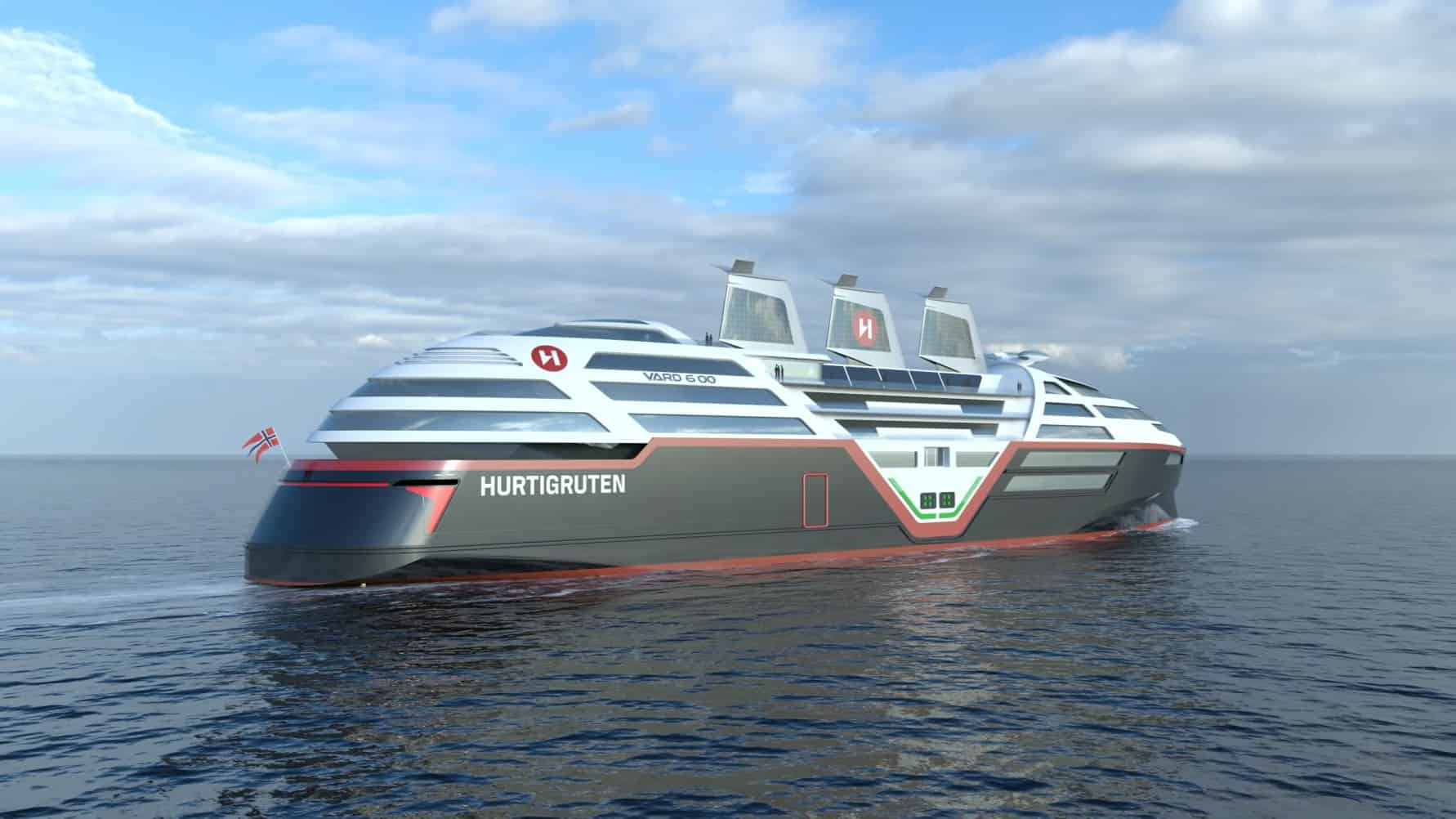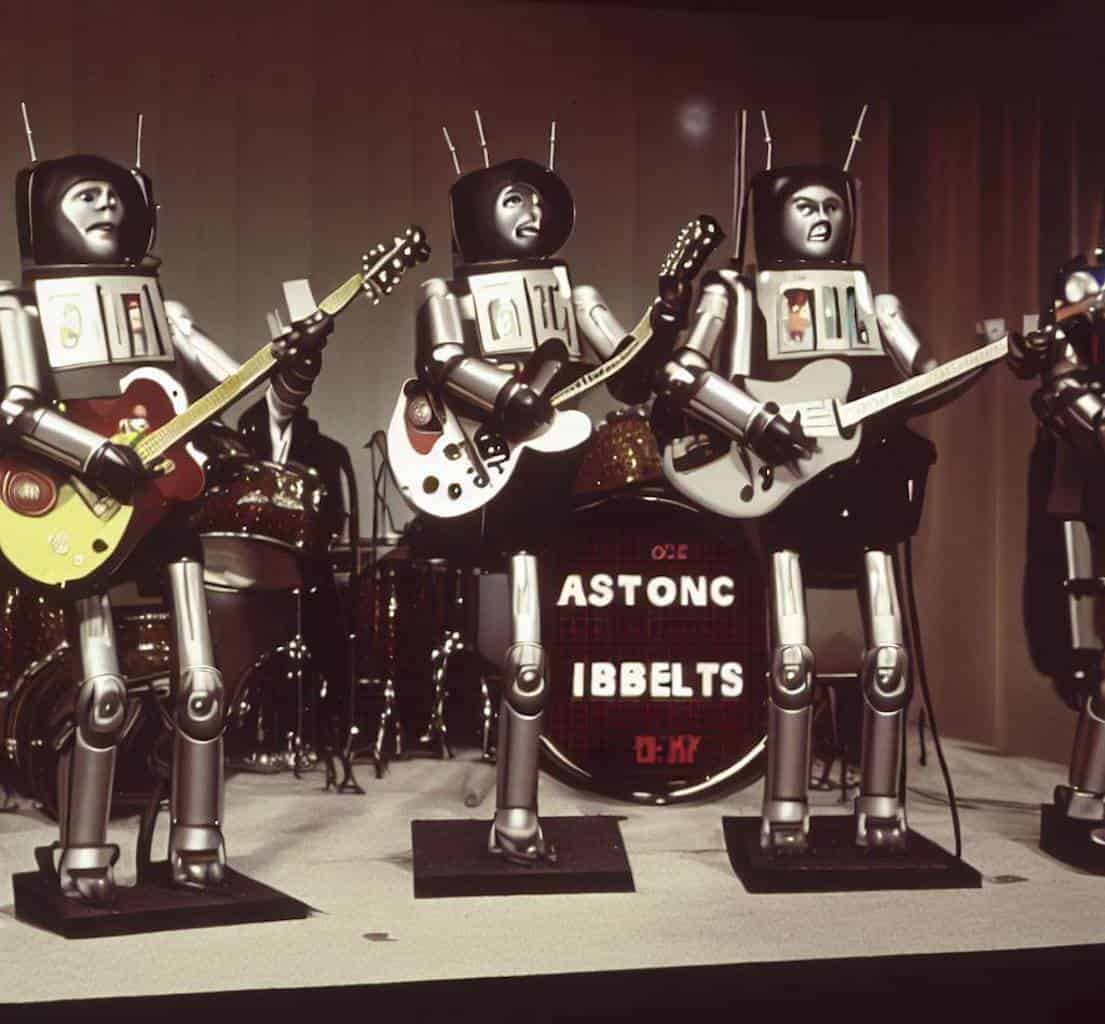
Autonomous taxi and bus services in California face significant hurdles only a week after receiving approval to operate 24/7. A driverless Cruise taxi collided with a fire truck in San Francisco, prompting the company to slash its fleet in half after regulators intervened. A few days earlier, several Cruise vehicles experienced difficulties and caused a traffic jam in the city due to cellular traffic from a music festival. Despite these setbacks, San Francisco launched an autonomous bus service in the wake of the robotaxi expansion. The California Department of Motor Vehicles is investigating the incidents and has underscored its right to suspend or revoke permits if public safety is compromised.
- San Francisco, known for its tech innovation, serves as an ideal testing ground for autonomous vehicles due to its challenging streets and numerous tech companies.
- Despite recent setbacks, San Francisco and California aim to revolutionize transportation through autonomous vehicles.
- Expanding autonomous services to other cities requires understanding unique challenges and tailoring solutions.
A testing ground for autonomous vehicles
San Francisco has long been a hub for tech innovation, and its steep and bustling streets present an ideal testing ground for autonomous vehicles. With over 40 companies currently testing their cars in the city, including Waymo, Cruise, Apple, and Amazon’s Zoox, San Francisco has been making strides in this new transportation frontier. However, the recent incidents involving Cruise’s robotaxis underscore the fact that the technology and infrastructure supporting these services are still in their nascent stages.
As autonomous vehicle services expand their operations, lessons from San Francisco’s experiences could be invaluable for other major cities considering similar initiatives. The incidents demonstrate the need for robust safety measures and protocols, adequate preparation for unexpected situations such as heavy network traffic, and clear regulations guiding the interaction between autonomous vehicles and emergency services. It’s not just about technology; it’s about integrating that technology into the complex fabric of city life.
Why the rush to innovate?
Despite the recent hiccups, the motivation for San Francisco and California to pioneer these initiatives is multi-faceted. First and foremost is the potential of autonomous vehicles to transform public transportation. Robotaxis and utonomous buses have been touted for their potential to improve road safety, reduce traffic congestion and pollution, and lower energy consumption.
The recent approval of 24/7 robotaxi services by Waymo and Cruise, and the launch of the autonomous bus service “The Loop” on Treasure Island, signal a significant step toward a future where self-driving vehicles could be a common sight on city streets. Furthermore, the introduction of these services provides a testing ground for autonomous technology, offering valuable data and insights that can be used to refine these systems for broader application.
Scaling to other cities
If autonomous vehicle services are to expand beyond San Francisco, careful consideration must be given to the unique challenges each new city poses. From navigating New York’s bustling Manhattan to accommodating the bicycle-heavy traffic of Amsterdam, each new environment presents unique challenges for autonomous vehicles. As such, pilot programmes similar to San Francisco’s could be instrumental in understanding and preparing for these challenges.

Moreover, as the technology behind autonomous vehicles continues to evolve, so too must the legislation that governs them. San Francisco’s experience highlights the need for a regulatory framework that can quickly adapt to the fast-paced world of tech innovation. As such, city, state and federal governments around the world will need to work in tandem with tech companies to ensure that autonomous vehicle services are safe, effective and beneficial for all road users.






